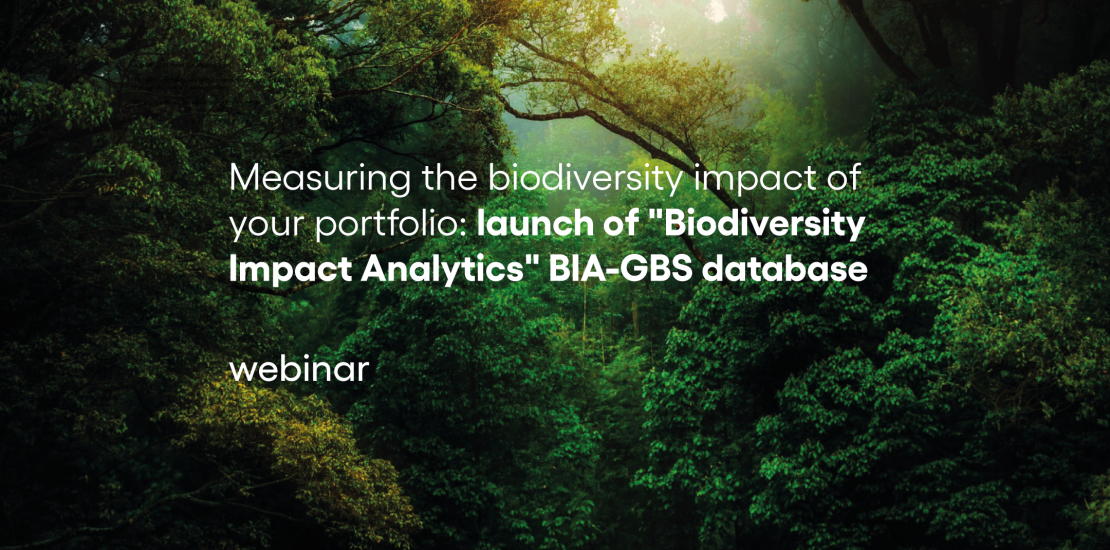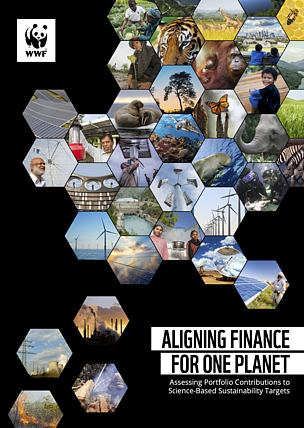Mining & Metals: The future forged in the heart of minerals
Summary
There is a vicious circle between mineral resources and energy: the more deposits are exploited, the lower their concentration becomes and the more energy we need to extract these metals.
Mineral resources are as central as energy: the mining and metals sector is upstream of all other sectors (construction, transport, digital, industrial machinery, etc.). Decarbonizing this sector, which is essential to the rest of the economy, is therefore a prerequisite for decarbonizing other industrial sectors.
The energy transition is far from eliminating our dependence on resources, particularly metals. The low-carbon technologies needed for the energy transition (renewable energies, electric transport vehicles and all the associated infrastructure) require very large quantities of certain metals. The sector must organize the phase-out of fossil fuels while taking responsibility for managing the difficult equation between needs and physical limitations.
The future of the sector: sobriety and recycling. Many metals will experience conflicts of use (with digital needs, for example). It will therefore be necessary to prioritize them. Minimizing use and maximizing recycling are crucial. This requires questioning the end uses of the metals sold and their relevance in a low-carbon, life-friendly economy.
Major metals, the forgotten ones of the transition. ‘Transition metals’ (lithium, cobalt, etc.) are in the spotlight, but many other major metals (iron, aluminum, copper) are also essential to the transition for manufacturing (wind turbine towers, automobiles, etc.) and infrastructure (electricity transmission, rail networks).
Strongly increasing demand: according to the IEA, global demand for transition metals is expected to increase 3.5-fold by 2050 in low-carbon transition scenarios (amounting to a total of 40 Mt) (AIE, Global Critical Minerals Outlook 2024, 2024). This demand is strongly driven by the needs of the energy transition, but also by the industrialization of certain countries and the digital sector.
Insufficient commitments from stakeholders. We note a lack of commitment and transparency in the sector. Among the companies analyzed, 97% report their Scope 1 and 2 emissions, and 67% have relevant reduction commitments for Scopes 1 and 2 (more than 2.7% still have no targets). Scope 2 emissions are not always reported using the ‘location-based’ approach, which is considered the relevant approach.
Furthermore, companies report little or no Scope 3 emissions, or the downstream use of their products. Reduction targets remain insufficient in this scope.
Impacts that go far beyond the climate. It is essential to understand mining in terms of its many other impacts on the environment, such as water availability and quality, air and soil pollution, and its consequences for biodiversity.













